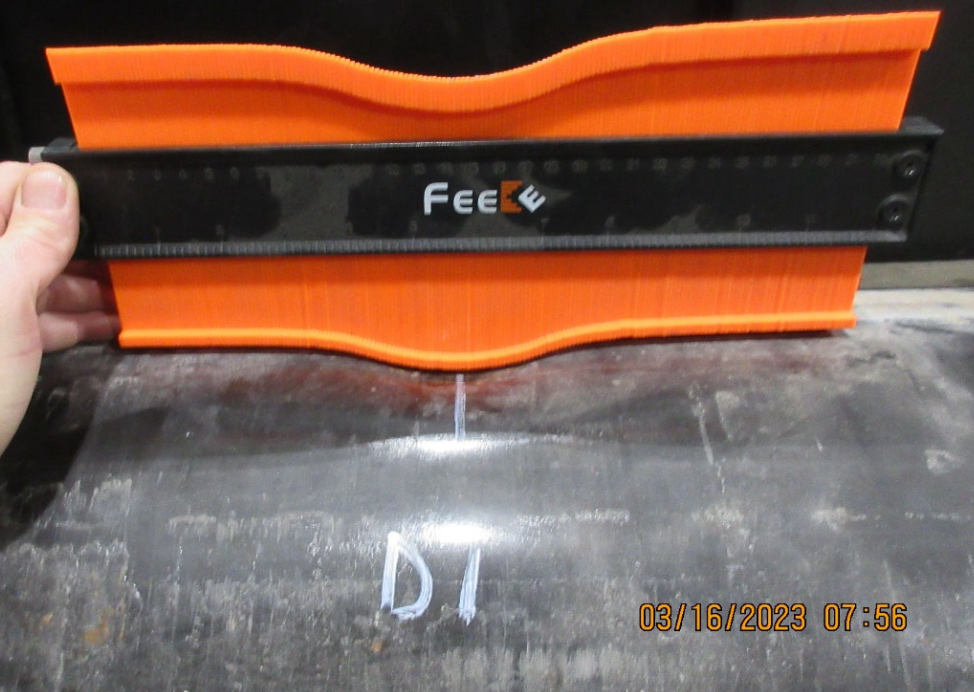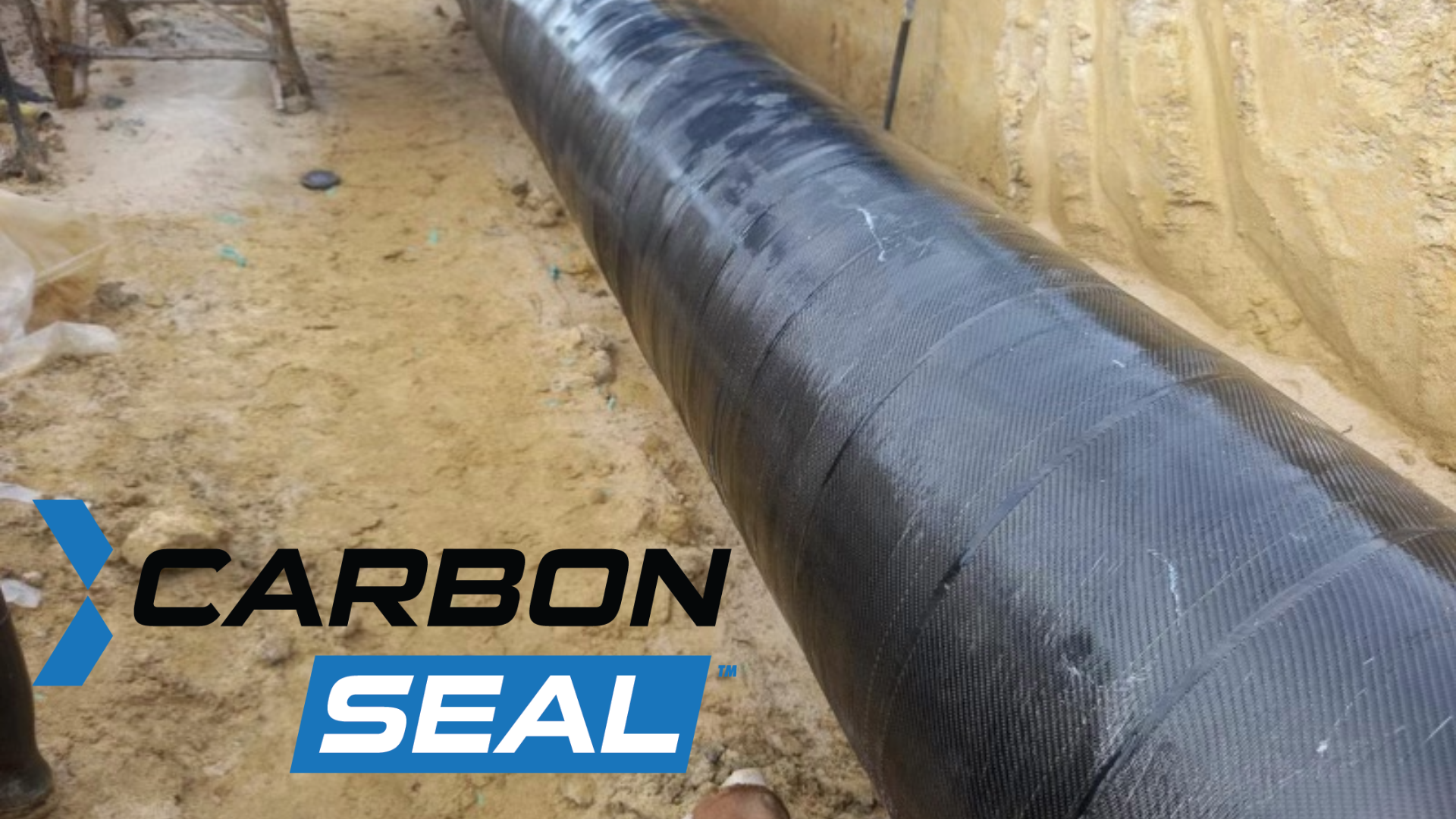Could Carbon Fiber Have Prevented Losses from Turkey's Earthquake?
On October 23rd, a devastating 7.2 magnitude earthquake struck eastern Turkey, leaving over 2,200 buildings in ruins and causing the tragic loss of at least 534 lives while injuring 2,300 more. Although rescue efforts have managed to save 185 individuals from the rubble, the death toll continues to rise even days after the tremor struck. Turkey's Prime Minister, Recep Tayyip Erdogan, squarely blames builders for the structures' collapse due to unsafe construction practices. He emphasizes that "Municipalities, constructors, and supervisors should now see that their negligence amounts to murder," as reported by UKPA.
Turkey's geographic location places it at the intersection of several tectonic plates, including Anatolian, African, Eurasian, and Arabian. This unfortunate reality means that earthquakes will continue to affect the region. However, it shouldn't condemn Turkey's people to suffer such devastating consequences. After a major earthquake over a decade ago claimed over 18,000 lives, strict building codes were introduced to prevent future tragedies. Sadly, these safety regulations have not been consistently enforced.
Many critical inspections, including those responsible for reviewing building plans and monitoring construction, never took place. It is now evident that the collapsed buildings lacked essential steel support rods and the necessary concrete strength to withstand seismic forces. Recent investigations revealed that much of the cement used was deficient in steel reinforcing bars or mixed with excessive amounts of sand, rendering it unstable. A parliamentary report highlighted Turkey's failures in city planning, reinforcing substandard buildings, controlling urban development, and penalizing those who violated building codes. The report also issued a dire warning that numerous Turkish cities, particularly Istanbul with its population of 15 million, remain at risk. Several geologists have urged the government to demolish approximately 40,000 unstable buildings, with hundreds of thousands more requiring reinforcement.
Seismic retrofitting of structures is both a practical and resource-efficient solution. Carbon fiber-reinforced polymers (CFRPs) are a compelling choice for seismic retrofitting, offering significant cost savings compared to conventional methods, which may involve extensive demolition and reconstruction. In particular, HJ3's carbon fiber stands out for its remarkable attributes. It is up to ten times stronger than steel, incredibly lightweight, and corrosion-resistant. These qualities make it an attractive alternative to steel reinforcement, especially when corrosion poses a significant risk to a structure's stability. HJ3's carbon fiber fabric can be easily applied, offering the flexibility to wrap around beams and columns, enhancing a structure's strength and displacement ductility without adding excessive stiffness.
Could carbon fiber seismic retrofitting have mitigated the losses from the recent earthquake in Turkey? The answer is likely yes. While hindsight offers perfect clarity, Turkey has now endured two major earthquakes in the last twelve years, and these may not be the last. Nevertheless, with careful planning and structural precautions, future seismic events may occur without the tragic loss of life and structural devastation.
HJ3 is honored to be involved in restoration and retrofit efforts in earthquake-stricken countries like Haiti and is committed to reshaping the outcomes of potential future disasters through structural reinforcement. To discover more about HJ3's carbon fiber applications, including seismic retrofitting systems, please don't hesitate to contact us at info@hj3.com or call us toll-free at 1-877-303-0453.



.png)
